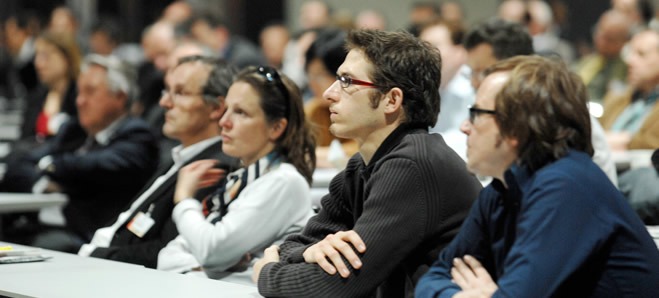
The PDC/Geotherm ampacity course, which has been presented to more than 200 engineers in the last five years, addresses these and many more ampacity issues. The course provides
good
analytical background, plus important hands-on experience in mixing controlled backfills and performing soil thermal property measurements. We are offering the fall, 1997, course just before the IEEE Insulated Conductors Committee meeting to allow attendees to combine the two activities and obtain substantial airfare savings by staying over Saturday night. Introduction Accepted ampacity calculation procedures have existed for years ÷ the classic Neher-McGrath procedure was published in 1957 ÷ but there have been significant recent improvements in many of the calculations, in cable materials such as laminated paper-polypropylene insulation and the greater use of cross-linked polyethylene cables and, most importantly, in backfill quality and accuracy in characterizing the cable’s external environment.
Although many engineers perform cable ampacity calculations ÷ typically with PC-based programs ÷ there is still a need for a good understanding of the basic principles and calculation procedures. This is especially true as higher ampacities are required from the cables.
Trench optimization is becoming more common as utilities attempt to obtain the most amperes from a cable. More attention is being paid to proper modeling of daily, weekly, and even monthly loss factors to take into account cool down periods during load cycling, which permit higher loading during peak periods.
The cable thermal circuit is represented by an electrical analog. Values for thermal resistances are shown.
The earth gives the largest single thermal resistance and thermal capacitance, and it also has by far the greatest variability with distance along the route, and even with time. Earth thermal resistance can easily vary threefold on a specific circuit, and the cable must be rated for the worst-case condition.
This most important thermal resistance is, unfortunately, also the least well understood. Recent improvements in thermal measurement instruments and techniques, coupled with a better
under standing
of soil mechanics and innovations in controlled backfill such as Fluidized Thermal Backfill permit much better representation and control of the earth thermal circuit, with the resulting ampacity increases. Almost half of the course content is devoted to developing a thorough understanding of the earth thermal resistance, capacitance, and stability. Theoretical analysis, practical applications, and hands-on measurements are provided. Samples of Fluidized Thermal Backfill are prepared in the classroom.
